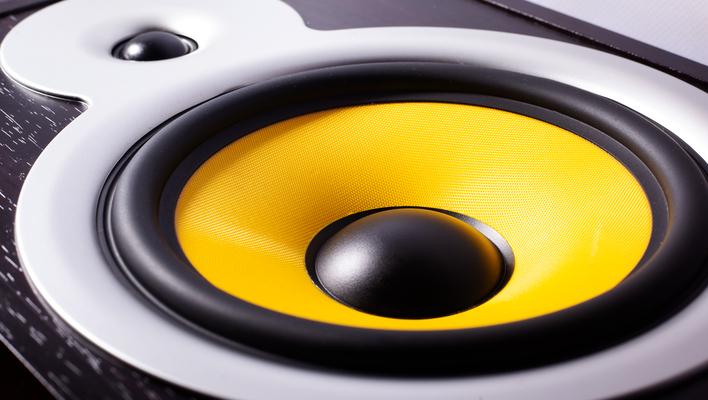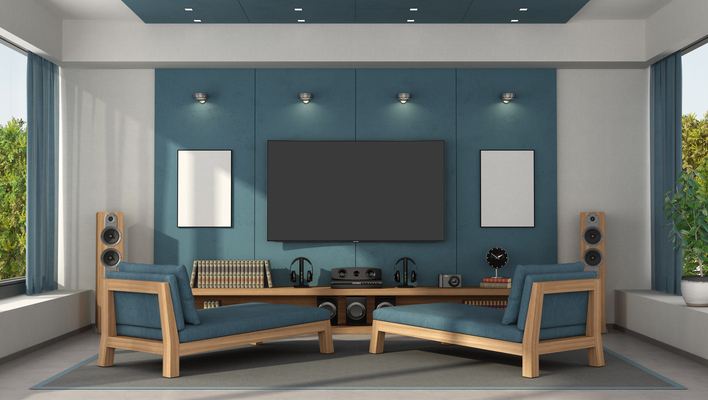Subwoofers are a creative addition to your music system. They clarify your low frequencies into top-quality bass and deliver so that you can enjoy an unmatched experience in your home or car audio. But did you know that you can enhance your subwoofer’s performance? With or without experience in home or car audio, you can easily make your subwoofer sound its best.
Bass simply refers to the low frequencies in your music. It comes from the kicks, drops, and thumps in sound. Bass frequencies require some massive drivers to get right. That’s where subwoofers come in. Subwoofers come with large speakers that drain a significant amount of power from your amplifier. With a top-quality subwoofer it’s easy to optimize your system to enrich the bass without complications such as noise and distortion. Here’s how to increase bass in a subwoofer box.
How To Increase Bass in a Subwoofer Box
Tip 1 Positioning
How and where you place your subwoofer has a significant impact on the quality of sound it produces. That’s why you need to find a good spot for your subwoofer box.
Where and How To Position the Subwoofer in Your Car
Where you place the subwoofer in your car will depend on the space available and your subwoofer’s enclosure type. Most people prefer the trunk because it is the most convenient place in terms of accessibility and space. Putting the subwoofer in the trunk gives you enough space to tune the device whenever you want.

The critical determinant of the sound quality your subwoofer accords you depends on how you position it while in the trunk. There are several ways of positioning the subwoofer in your car trunk as follows;
You can have the subwoofer face away from you as the driver. This position evenly distributes sound from your subwoofer.
You can also place your subwoofer in a position facing the rear seat. Here, the subwoofer distributes sound evenly in all directions.
Lastly, you can have the subwoofer lie in an upward position inside the trunk. This is the best option for car owners wishing to save on space. It provides clear, crisp, and high-frequency sounds. To avoid sound distortion, ensure the subwoofer does not face any other speaker in the car.
Where To Place the Subwoofer in Your Home
Appropriate subwoofer placement at home also determines how well it performs. Unlike other frequencies, bass frequencies are affected by room factors. For example, the walls can reflect sound and if you don’t position the amplifier appropriately, the quality of sound won’t be that good.
You also have to take into account the room’s décor, available space, the type of subwoofer, and where you’d want to have your subwoofer. It would help if you considered experimenting with different positions before deciding where to have the subwoofer.
A simple experiment such as having your subwoofer on your favorite seat with the music on as you scout different spaces to identify where the bass sounds its best.
Or, you can try out the following:
- Have your listening seat away from the back or sidewalls. Back placement will produce loud but inaccurate bass due to excessive bass energies resulting from standing waves. Also, having your listening seat next to the sidewalls will result in unbalanced bass as it shifts the balance of the sound towards the closest surrounding speaker. For the best result, place the couch 1/4 L from the back walls and ensure there are no objects near where you have placed your speakers. Objects such as pillows, curtains, and furniture absorb low frequency sounds, so you want them at a distance from your subwoofer box.

- Place the subwoofer 6 to 8 inches away from a corner and ensure the speaker faces out of the room. This enables the front speakers to focus on mid and high-range frequencies. It also prevents standing waves and bass nulls. Ensure that your front left/right speakers are equidistant for improved stereo imaging. For subwoofers with ports, ensure the ports face away from the wall to allow the air to flow correctly and prevent unpleasant and harsh rumbling sounds.
Tip 2 Enclose Your Subwoofer
Enclosing your subwoofer is a sure way to increase the bass. There are different types of enclosures suitable for different experiences as follows;
Ported enclosure
This works best for music lovers who desire a boom and louder sound. A ported enclosure has a hole on the front that helps in pressure equalization. When designing this enclosure, ensure your measurements are accurate and match your subwoofer. Having an oversized box will lower your bass response rate.
Sealed enclosure
If you love tight bass, this is the enclosure for you. A sealed enclosure is airtight and does not allow air to leak out. Use a steady box material and fill it with polyfill for the best results. You can add an extra layer of material (typically fiberglass) around the outside edges of your subwoofer enclosure so that it can withstand more air pressure.
Tip 3 Combine Two Subwoofers
Though a bit costly, this is one of the best practices when increasing bass to your subwoofer box. Dual subwoofers are perfect for distributing uniform bass across a wider listening area. They help in coupling low frequencies for a smoother and more consistent bass.
When using two subwoofers, it is advisable that you place them in the opposite direction for optimum performance. You can, for instance, have one subwoofer in the front left corner and the other one in the front right corner.
Tip 4 Make Adjustments on the Crossover, Volume, and Phase Switches.
A simple turning on the volume, crossover, and phase knob could help solve the sound quality problem in your home or car. Each of these switches has a unique role to play in the performance of your subwoofer. A crossover for instance, determines the cutoff frequencies that reach your subwoofer.
A slight error in your settings will result in unmatched bass and poor sound quality. The rule of the thumb is to have the subwoofer, and the speakers complement each other. Therefore instead of tuning your crossover frequency too high or too low, ensure that it picks up from where your speaker leaves off. For instance, if your speaker’s lowest frequency is 64Hz, you should set the crossover frequency at 64Hz or slightly higher.
You may also read: Subwoofer vs. Woofer: Differences Explained
Conclusion
Whether you’re looking for a simple way to improve the sound quality of your music or want to take it up a notch, adding more bass is always going to be a good way to get started. It does not matter whether you’re a pro or not but following these few tips should bring instant results. Always ensure that you use energy-efficient speakers with high sensitivity ratings.
